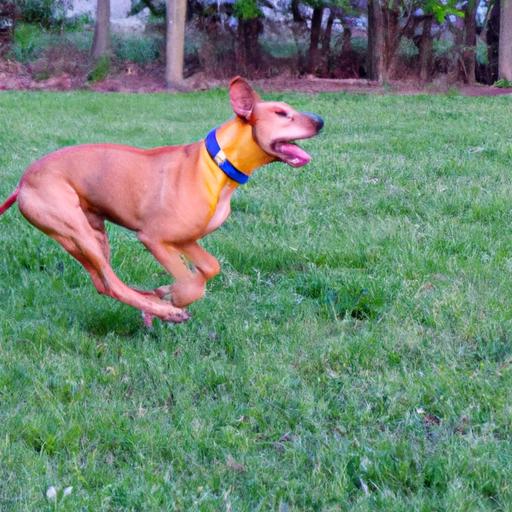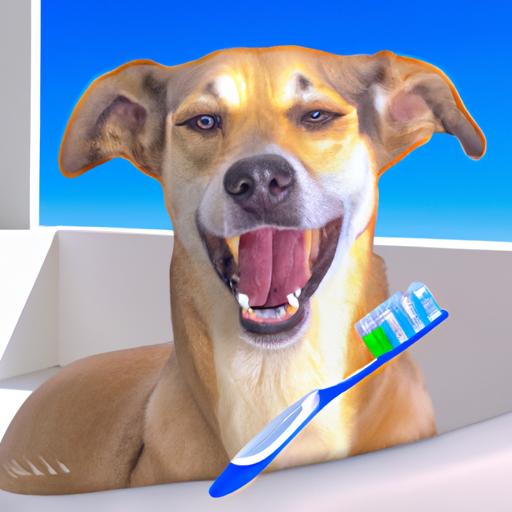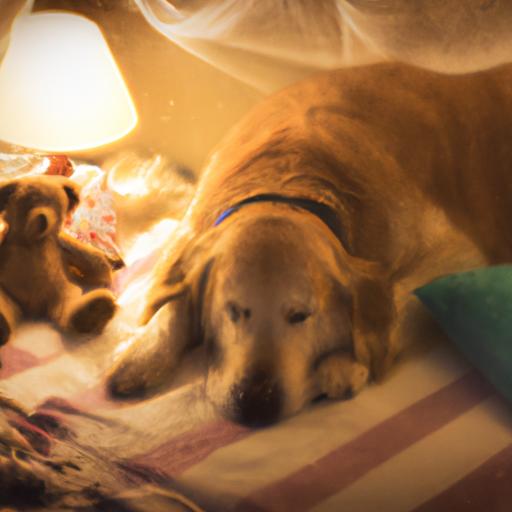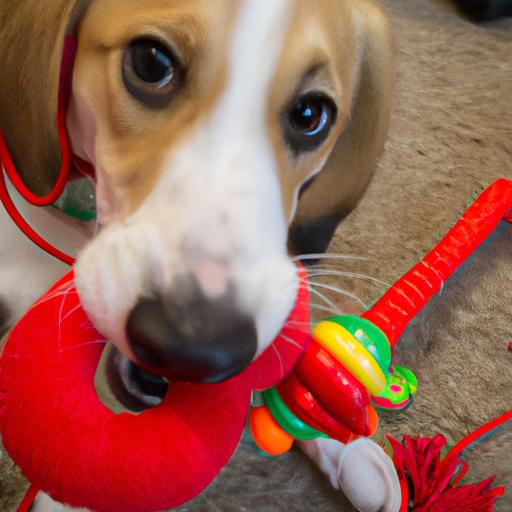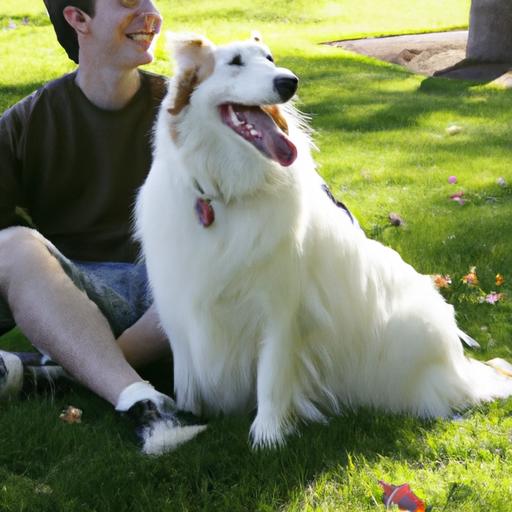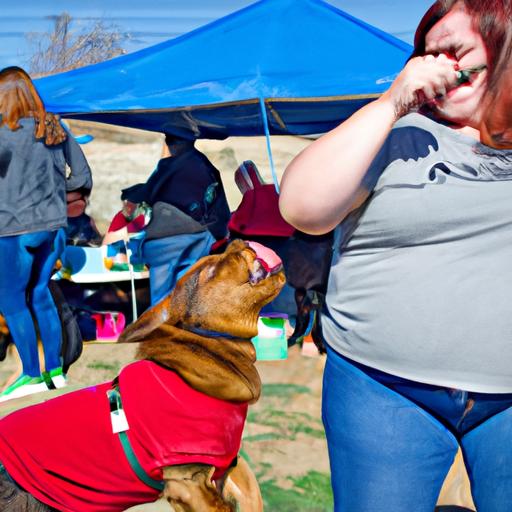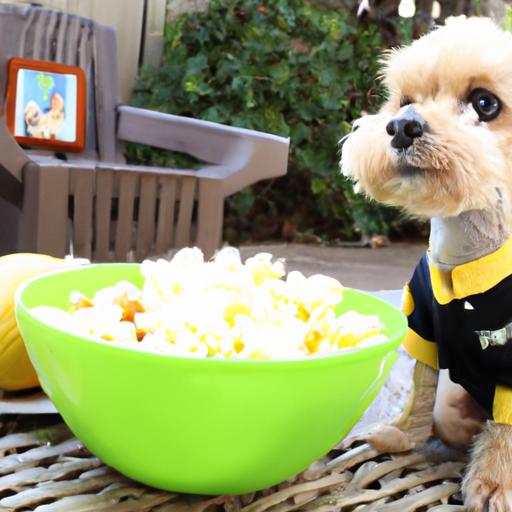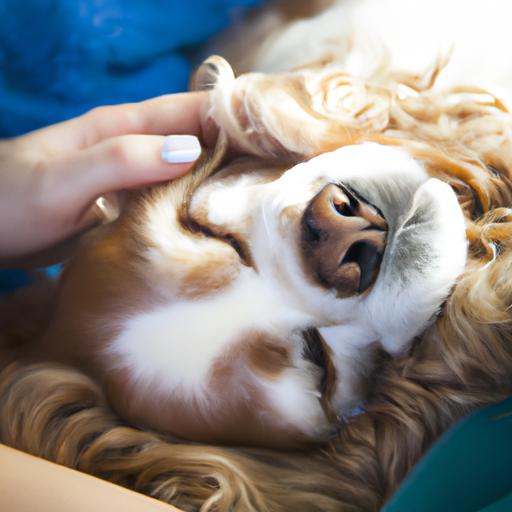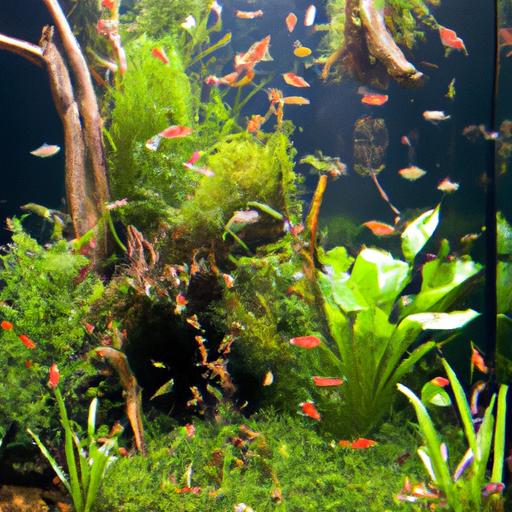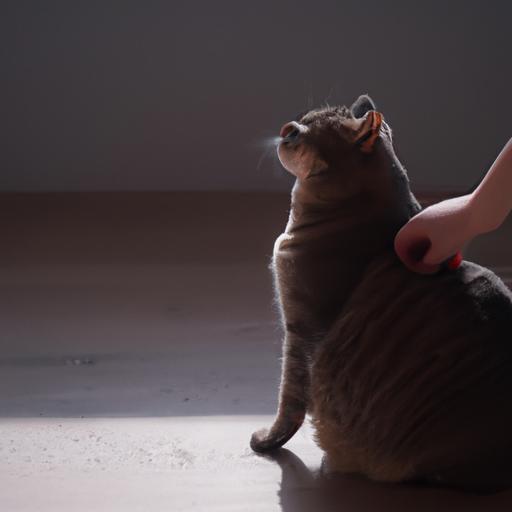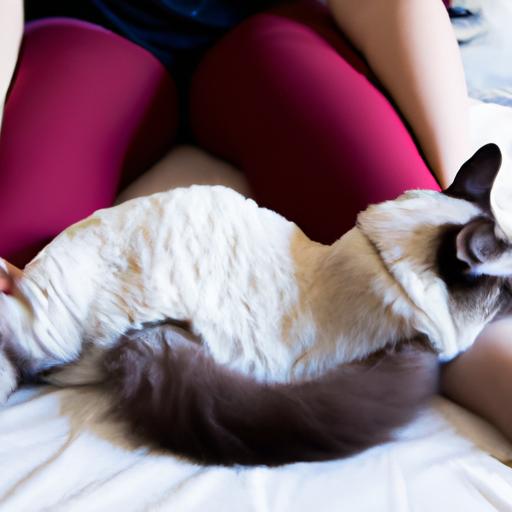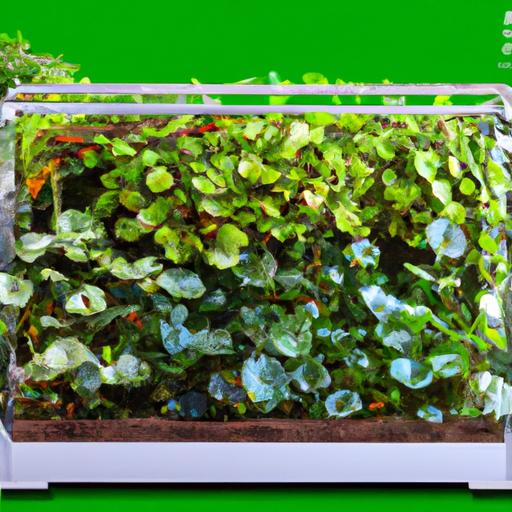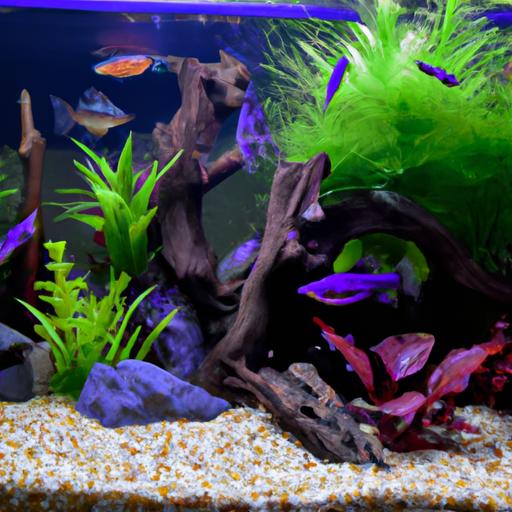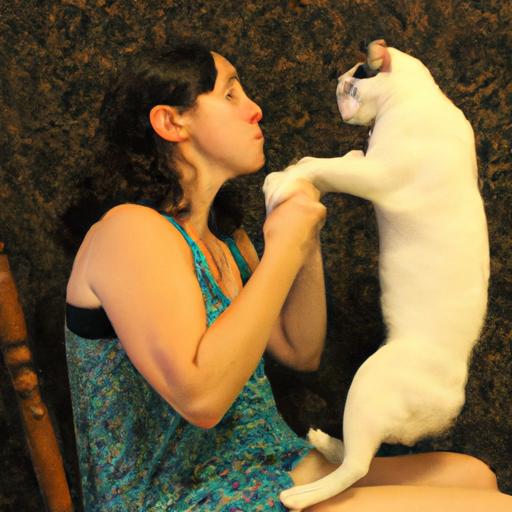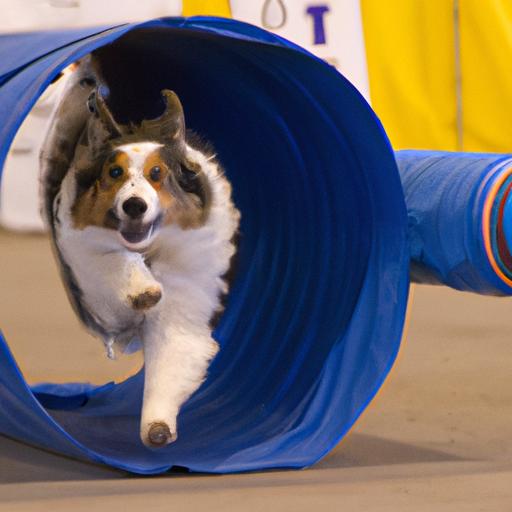
Canine DIY Agility Course: Indoor Edition
Discover the ultimate guide to creating a Canine DIY Agility Course: Indoor Edition. Engage your dog with an indoor course for exercise and fun.
Introduction
Are you looking for a fun and engaging way to bond with your furry friend while providing them with essential exercise? Look no further than the Canine DIY Agility Course: Indoor Edition! Agility training for dogs has gained immense popularity in recent years, and for good reason. Not only does it provide physical exercise, but it also stimulates your dog’s mind and strengthens the bond between you and your canine companion. In this article, we’ll guide you through setting up an indoor agility course for your dog, ensuring hours of entertainment and enrichment for both of you.
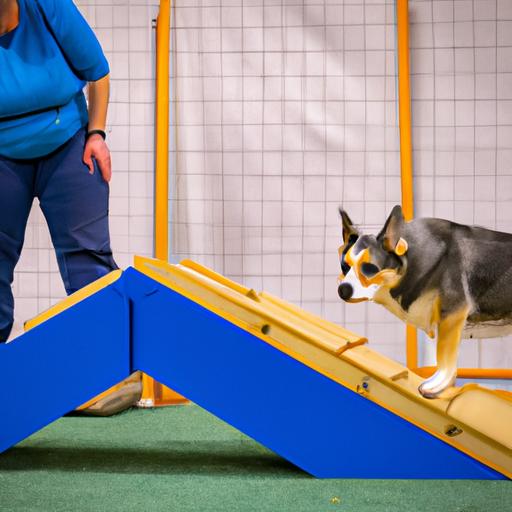
How to Set Up an Indoor Agility Course for Dogs
1. Selecting the Right Space
The first step in creating an indoor agility course is to find a suitable space within your home. Ideally, this would be an area with enough room for your dog to move around freely. Basements, garages, or even large living rooms can make great locations for setting up your course. Ensure that the space is clear of any fragile items or potential hazards and has enough room for the equipment you’ll be using.
2. Choosing the Appropriate Equipment
To create a fully functional indoor agility course, you’ll need to select the right equipment. Start with the basics such as jumps, tunnels, and weave poles. These can be purchased online or at local pet stores, or you can get creative and make your own using household items. Just remember to prioritize your dog’s safety and ensure that the equipment is sturdy and secure.
3. Safety Considerations
Safety should always be a top priority when designing an indoor agility course for your dog. Take into account the size and breed of your dog when selecting equipment and setting up obstacles. For example, smaller dogs may require lower jumps, while larger breeds may need wider tunnels. Additionally, make sure that all equipment is securely anchored and that there are no sharp edges or loose parts that could cause injury.
4. Step-by-Step Guide to Building the Course
Now that you have the space and equipment ready, it’s time to build your indoor agility course. Follow these steps to ensure a smooth setup:
Step 1: Plan the layout
Visualize the layout of your course and determine the order of the obstacles. Consider the flow of the course and the difficulty level you want to achieve.
Step 2: Set up the jumps
Position the jumps at appropriate intervals, ensuring that they are stable and secure. Start with lower heights and gradually increase as your dog becomes more confident.
Step 3: Install the tunnels
Place the tunnels strategically, allowing your dog to navigate through them smoothly. Make sure they are properly anchored and won’t collapse during use.
Step 4: Arrange the weave poles
Position the weave poles in a straight line, ensuring they are evenly spaced. Guide your dog through the poles using treats or toys until they become adept at weaving.
Step 5: Add additional obstacles (optional)
If you have space and want to challenge your dog further, consider adding other obstacles such as balance beams or A-frames. Remember to prioritize safety and adapt the difficulty level according to your dog’s abilities.
Frequently Asked Questions (FAQ)
Q: What are the recommended dimensions for the course?
A: The dimensions of your indoor agility course will depend on the size and abilities of your dog. However, as a general guideline, jumps should be around 1 to 1.5 feet high for small dogs and 2 to 3 feet high for larger breeds. Tunnels should have a diameter of 2 to 3 feet, and weave poles should be spaced approximately 22 inches apart.
Q: How much space is required for an indoor agility course?
A: The amount of space needed for an indoor agility course will vary depending on the size of your dog and the number of obstacles you wish to include. As a minimum, you should aim for a space of around 15 feet by 15 feet to allow your dog to comfortably navigate the course.
Q: Can I use homemade equipment for the course?
A: Absolutely! Homemade equipment can be a cost-effective and fun way to create obstacles for your indoor agility course. Just ensure that the materials used are safe and sturdy, and that the equipment is suitable for your dog’s size and abilities.
Q: Are there any safety precautions I need to take?
A: Yes, safety should always be a priority. Make sure that all equipment is securely anchored and free from sharp edges or loose parts. Supervise your dog during training sessions and reward them for their achievements. If your dog shows signs of fatigue or discomfort, take a break and consult with a veterinarian if needed.
Conclusion
Creating a Canine DIY Agility Course: Indoor Edition is a fantastic way to provide your dog with exercise, mental stimulation, and a stronger bond with you. By setting up a safe and engaging course in the comfort of your own home, you can enjoy hours of fun-filled training sessions with your furry friend. Remember to choose the appropriate space, select suitable equipment, prioritize safety, and follow our step-by-step guide. So, what are you waiting for? Start building your indoor agility course today and watch your dog’s agility skills soar to new heights!
